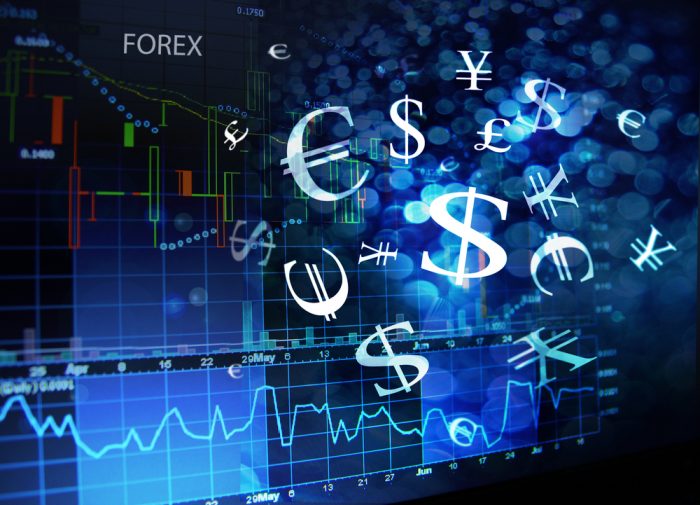Economic Factors That Affect the Forex Market
Millions of transactions are conducted daily in the present-day currency market. Thousands of participants worldwide take part in it. The growing popularity of exchange trading indicates that macroeconomic factors play an important role in this process. Which ones? Let’s find out together.

Macroeconomic Factors and Their Role
Traders make decisions based on macroeconomic factors. The conversion rate depends on how healthy the economy is in general. Economic events and daily changings support the continuous operation of the international currency market:
1) Capital Market
The most significant indicator of the economic condition is the global capital market. At the same time, vital indicators are stocks and bonds. Every single significant event cannot hide from the attention of brokers, as such events are constantly covered in the media.
Also, most states depend on the situation in a particular sector of the economy: for example, Canada is dependent on the raw materials. Accordingly, fluctuations of metals and oil prices affect the Canadian dollar: if prices rise, then the cost of the CAD in relation to other currencies also rises.
2) International Trade
A vital factor is the balance of interstate operations since the level of domestic demand in a particular country is represented by export and import indicators. The national conversion rate tends to increase in those states for which services and goods have significant demand abroad. For instance, to buy Australian goods, you have to exchange the existing currency into Australian dollars. Its rate will increase as the demand is growing.

The country’s position in international trade is illustrated by the deficit and surplus of the trade balance. If a country has a significant trade deficit, it appears on the market as a net importer of goods and services, which leads to a depreciation of the national currency.
3) Economic Indicators
The basis of any Forex trading is economic indicators. To not miss important changes in the market, which is changing constantly and rapidly, it is necessary to maintain an economic calendar.
The most understandable indicator of the foreign exchange market is GDP, which shows the state and strength of the economy. The productivity of an economy and its growth rate are measured by GDP. Nevertheless, it is important for a trader to keep in mind the events and trends that have already passed.
The trader should pay close attention to the inflation rate. A change in purchasing power is indicated by a price increase index. Thus, on the one hand, high inflation puts pressure on the national currency reducing its level of solvency. However, at the same time, inflation can force the central bank to raise interest rates to curb inflation, which could strengthen the exchange rate. This means that inflation is an ambiguous economic indicator, and its consequences cannot be evaluated in full.
Other important indicators of the economy can serve as sources of important info about the current and future state of the economy and the national currency: production indices, employment, retail sales, etc. Consequently, all these factors allow asserting that some findings can have universal use.
Find a Home-Based Business to Start-Up >>> Hundreds of Business Listings.















































